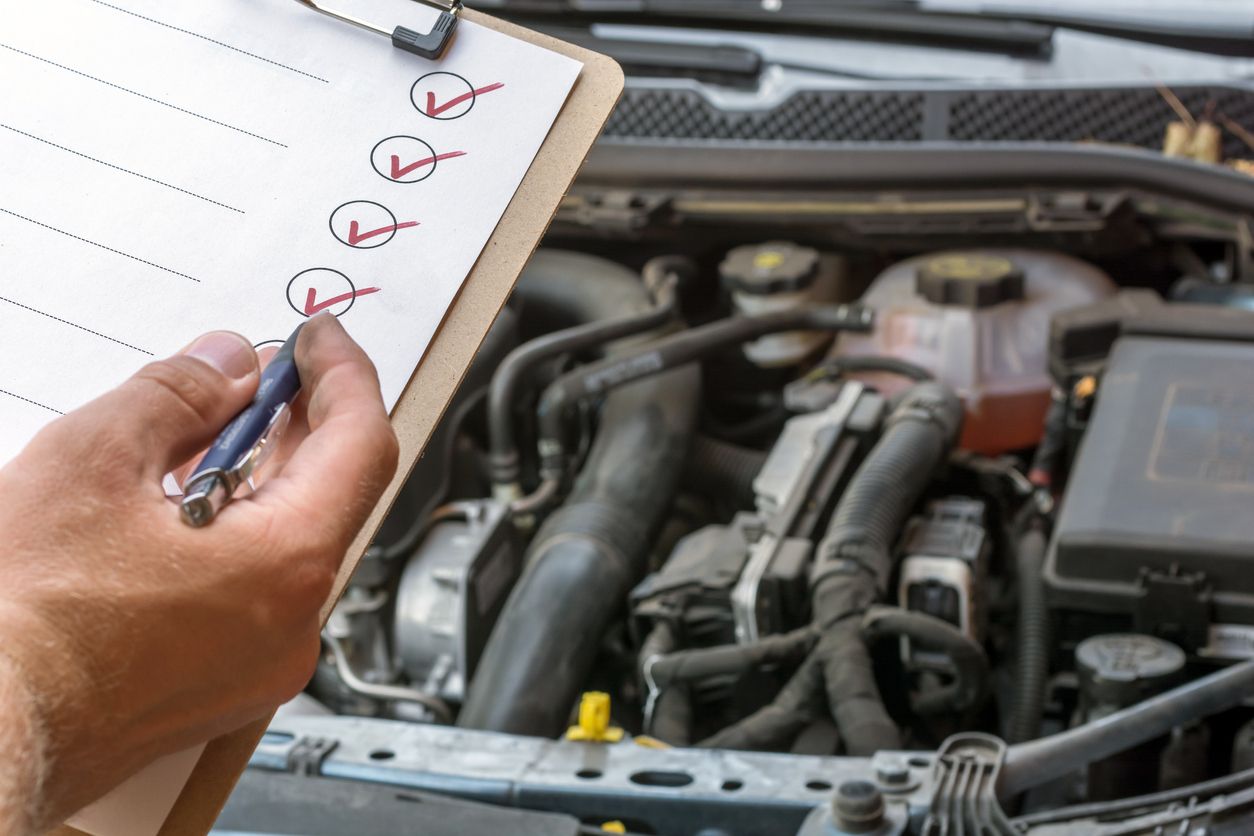All Categories
Featured

The automotive fixing market has experienced substantial technical innovations that have actually changed the method automobiles are identified, fixed, and kept. From expert system (AI) to 3D printing, these technologies have not just improved the rate and accuracy of repairs but have likewise made automobiles much safer and extra efficient to operate. In this article, we'll explore some of one of the most essential vehicle innovation developments in repair that are changing the sector.
- Onboard Diagnostics (OBD) and Advanced Scanners. Among one of the most considerable technical advancements in automobile repair work is the growth of onboard diagnostics (OBD) systems. OBD systems are integrated right into contemporary cars and constantly keep track of numerous car components, from the engine to the exhaust system. When a problem occurs, these systems cause alerting lights on the control panel, such as the infamous "check engine" light. Today's mechanics make use of advanced OBD scanners to review these codes, offering them with specific information about the malfunctioning component. This allows for faster, much more precise diagnoses and reduces the need for costly trial-and-error repair work.
- Robotic Repair Aid and Automation. Automation is one more area where the auto industry has made incredible strides. Robotics is currently being made use of in numerous repair service tasks, especially for recurring jobs like tire turnings, oil modifications, and brake servicing. These robotic systems can manage fundamental repair work, permitting technicians to concentrate on even more intricate problems. Automation boosts accuracy, minimizes the chance of human mistake, and quicken service times, eventually benefiting both service center and consumers. In the future, as robot modern technology continues to develop, it might take on a lot more complicated fixing tasks.

- 3D Printing for Personalized Components and Parts. This technology permits fixing stores to create components for older or unusual versions, bypassing the long delay times connected with purchasing from providers. This advancement has actually assisted minimize repair service hold-ups and reduced the expense of sourcing uncommon components.
- Augmented Fact (AR) for Fixing Procedures. Increased fact (AR) is swiftly making its means into the world of auto repair service. Specialists can now make use of AR headsets or screens to watch automobile schematics, detailed directions, and even analysis info while executing fixings.
- Electric and Hybrid Car Repair Service Innovation. The increase of electrical and hybrid cars has actually brought brand-new challenges to the automobile repair industry. These cars have complicated powertrains, high-voltage battery systems, and specialized components that call for innovative knowledge and equipment to repair. To equal the expanding number of EVs and hybrids when driving, several service center are purchasing training for their professionals and acquiring specialized devices to work with these cars. Furthermore, producers are developing brand-new analysis devices designed especially for EVs, which help professionals examine battery health and wellness, monitor charging systems, and address any type of issues special to electric propulsion.
- Anticipating Upkeep and IoT Assimilation. Anticipating upkeep is a game-changing development made possible by the Web of Things (IoT) Autos today are outfitted with a selection of sensing units that regularly keep track of the problem of crucial systems like tires, brakes, and engines. These sensors send real-time data to cloud-based platforms, where advanced formulas examine the information to forecast when a part is most likely to stop working. By leveraging this information, fixing stores can recognize prospective problems prior to they lead to a breakdown, permitting preventative maintenance and lowering the requirement for expensive emergency situation repairs. Predictive upkeep not just enhances lorry integrity but also improves the general client experience.
- Telematics and Remote Diagnostics. Telematics systems transmit real-time lorry data to producers or repair work stores, permitting service technicians to keep track of the health of a lorry remotely. Telematics systems additionally allow for over-the-air software application updates, making it feasible to repair certain automobile problems without needing a physical visit to the repair service store.
- Vehicle Information Sharing for Faster Repair Works. Via innovative telematics and cloud computing, fixing stores can access large quantities of data on vehicle efficiency, repair service background, and even software updates. By leveraging this data, repair service stores can supply even more individualized and reliable service, improving the total repair work experience for consumers.

Conclusion. The developments in auto repair work modern technology are transforming the method technicians diagnose and take care of cars. From advanced analysis devices and robotic help to 3D printing and predictive maintenance, these technologies are making the repair work process faster, much more precise, and much more reliable. As the vehicle industry proceeds to evolve, fix shops will need to remain current with these innovations to stay competitive and supply the most effective possible service to their clients. For auto proprietors, embracing these advancements means getting much more reliable, cost-efficient, and prompt repair work-- aiding them keep their lorries when driving for longer.
Latest Posts
Reasons Consistent Auto Maintenance at Montclare Auto Repair Reduces Costs
Published en
1 min read
Grab Limited-Time Auto Repair Offers in Chicago at Montclare Auto Repair
Published en
1 min read
Learn About Auto Services & More: Complete Services Guide from Montclare Auto Repair
Published en
1 min read
More
Latest Posts
Reasons Consistent Auto Maintenance at Montclare Auto Repair Reduces Costs
Published May 28, 25
1 min read
Grab Limited-Time Auto Repair Offers in Chicago at Montclare Auto Repair
Published May 23, 25
1 min read
Learn About Auto Services & More: Complete Services Guide from Montclare Auto Repair
Published May 22, 25
1 min read